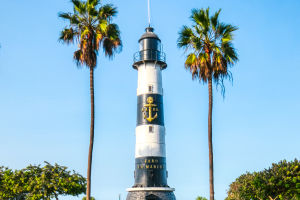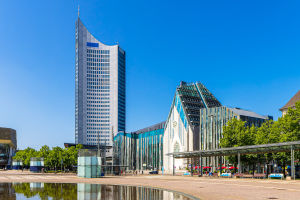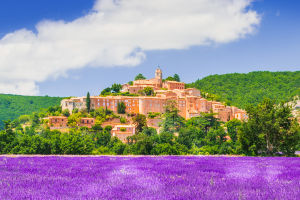Istria, a stunning peninsula in Croatia, stands out with its picturesque coastal towns, rich history, and breathtaking landscapes.
From ancient ruins to quaint villages, Istria serves as a captivating destination that truly captures the essence of Croatian culture.
Getting There
Reaching Istria is straightforward, as it is well-connected by various modes of transportation. Buses and trains frequently run from cities across Croatia, with routes linking popular spots like Pula, Poreč, and Rovinj. Travelers can expect to pay around 10-30 HRK ($1.50-$4.50 USD) for a one-way bus fare, depending on the distance. For those preferring a scenic drive, car rentals are available, with prices typically around 300 HRK ($44 USD) per day, including basic insurance. Numerous parking facilities can be found throughout Istria, especially in and around tourist destinations.
Pula's Roman Wonders
A visit to Istria should commence at the historical city of Pula. Its iconic Roman Amphitheater, called the Arena, is one of the best-preserved amphitheaters in the world. Tickets for entry are approximately 70 HRK ($10 USD). Occasionally, the arena holds concerts and cultural events, so checking the schedule in advance can lead to unique experiences, such as the annual Pula Film Festival in July
Nearby, the Malo Rimsko Kazalište is a lesser-known gem that also offers concerts and cultural activities. While wandering through Pula, visitors can marvel at the Arch of the Sergii, a stunning example of Roman architecture.
Mummies & Olive Oil
The town of Vodnjan presents a fascinating sight with the preserved mummies. Viewing this intriguing collection is free, but donations are welcome. Additionally, Istria is famous for its olive oil production. Tours and tastings are available at various olive farms, such as Chiavalon and Oio Vivo, usually costing around 75 HRK ($11 USD) for guided experiences.
Historic Pazin
The medieval town of Pazin is another essential stop. Its castle, which houses the Pazin City Museum and the Ethnographic Museum, charges a combined entry fee of 40 HRK ($6 USD). Pazin is convenient to reach via public transport, making it an easy day trip for those exploring Istria.
Brijuni National Park Adventure
Another must-see is the Brijuni National Park. Visitors can catch a ferry from Fažana for around 200 HRK ($30 USD) for a round trip. The park features Roman ruins and diverse wildlife, perfect for exploration via walking or biking.
Beautiful Beaches
For beach enthusiasts, Rabac offers stunning sandy shores. Access to beaches is free, but facilities may charge for beach chairs and umbrellas. While in Rabac, be sure to indulge in local cuisine, particularly krafi, a sweet delicacy.
Artistic Experiences
For art lovers, Grožnjan serves as an enticing destination filled with galleries and studios. Annual music festivals fill the streets with enchanting sounds, creating a vibrant cultural atmosphere. Visitors are welcome to explore the town’s cobbled streets at no cost.
Culinary Delights
The Mirna River Valley is perfect for food lovers, featuring local Istrian specialties at cozy taverns like Konoba Mondo. Meal prices typically vary from 100-200 HRK ($15-$30 USD) per person, providing delicious insight into the region's flavors.
Conclusion
Istria offers countless opportunities for exploration, leisure, and cultural enrichment that engage all senses. It provides travelers with a unique glimpse into Croatia's past while celebrating its culinary traditions and natural beauty. Plan the next escape to Istria, where each site unfolds a story waiting to be discovered.


